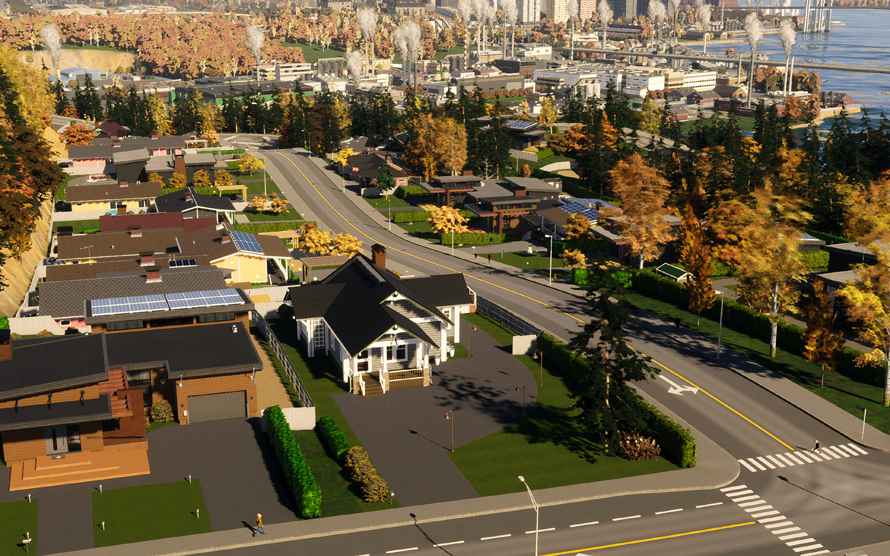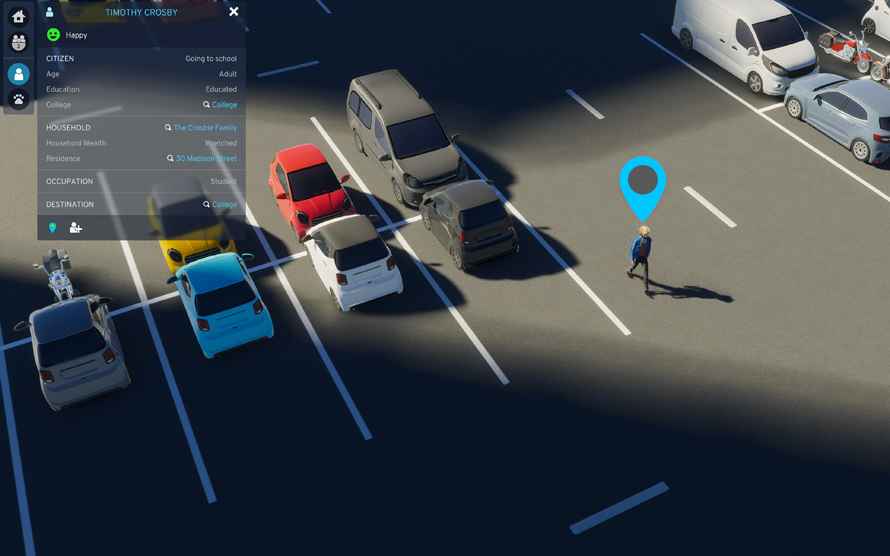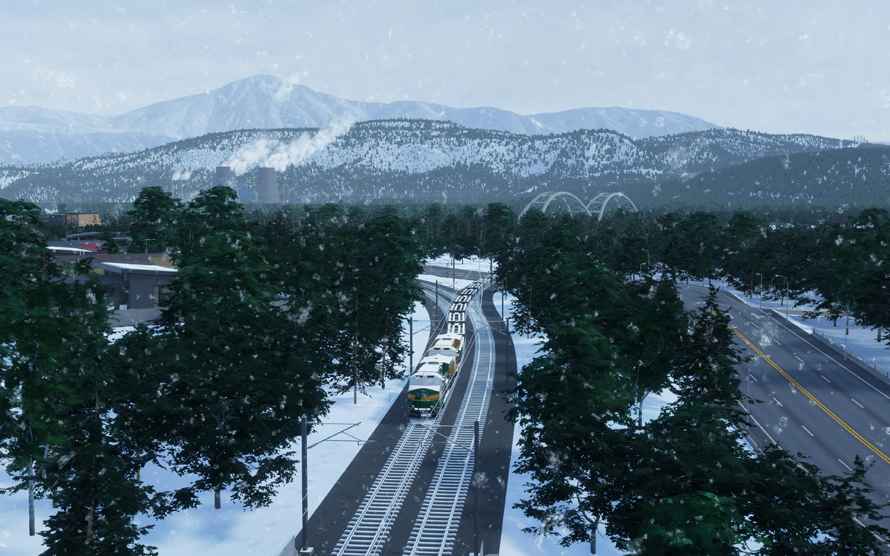Cities: Skylines II Review
I love city builders. Doesn’t matter if they’re focused on creating the perfect medieval town or a self-sustaining planetary colony. City builders bring together the intricacy of interconnected systems, imagination and creativity, the aesthetics of city planning, and a whole lot of godlike power. The original Cities: Skylines built on the traditions of venerable games like SimCity. It wasn’t perfect at launch, but years of DLC, fixes, and user-created content eventually made Cities: Skylines shine. The sequel is an interesting beast. It’s more robust than the first game was at launch, but leaves out lots of content that players have grown to enjoy. Cities: Skylines II arrives with lots of little issues and a lot of growth potential.
Detail Oriented
As with most games in the genre, you start by picking a biome and terraforming the land for your future utopian experiment. This time, weather is more dynamic and impacts your services and transportation grid more dramatically. More annoying are the finnicky terraforming tools, which can result in some ugly and unrealistic placement of buildings and roads. You lay down power, sewage, and water grids, add roads and some basic structures, and the race is on. Before you know it, your simple hamlet has been transformed into a sprawling mega-metropolis.
Of course, that’s not true. There are thousands of steps, decisions and adjustments to be made along the way. As you build, you hit milestones in a wide range of areas like population size, citizen happiness, and different structures and civic improvements. Hitting these milestones earns XP, which opens up additional items to add to the city. This loop is a little more nuanced and inclusive than in the original, adding a tiny bit of RPG feel to the experience. Speaking of upgrades, you can now improve many existing buildings without entirely replacing them.

Recognizing its unfortunate influence, the game’s version of Twitter-like social media plays a role in citizen happiness. Whatever decisions impact their quality of life will be writ large. Zooming in to individual citizens and learning about their lives and emotions remains important.
Balancing Act
Depending on how you look at them, city builders are either maddeningly complex or pleasantly engaging. Every action ripples out and impacts something completely unrelated. Cities: Skylines II does a great job of simulating the web of interconnectedness that exists in real world city planning. While it offers a great deal more content than its predecessor did at launch, Cities: Skylines II may disappoint longtime players looking for the next big thing. The new game restricts the freeform shape of parks and other custom lots to uniform rectangles and some other, important buildings like college campuses and airports can’t be customized. It’s an odd oversight, considering those features are currently available in the original game.

Actually, Cities: Skylines II is a story of giving and taking away in general. The traffic is more realistic and reactive, but there are far fewer citizen animations and small lifelike details. The ability to create farms and mines out in the boonies is awesome, but the upgrade tree slows to a crawl after the 20,000 population milestone. Visually, I’m not sure that Skylines II is a massive upgrade. The game’s water effects, for example, are downright weird.
I’ll blame some of Skylines II’s tech problems on my aging, formerly reliable PC that has, until now, been able to power just about anything. Your mileage my vary, of course, but my play was beset by crashes and framerate slowdowns on the regular.

City of the Present
Maybe it isn’t fair to compare Cities: Skylines II to its predecessor, which has had years of updates and addons. Setting aside some technical issues, Cities: Skylines II has some interesting new systems, some welcome mechanical improvements, and lots of potential. But it’s missing some content that long time players have probably come to expect, and it’s in need of optimization, bug fixes, and the sense of life and fun that characterized the first game.
***PC code provided by the publisher for review***
The Good
- Improved upgrade system
- Weather is dynamic
- Farms, mines and other rural buildings
The Bad
- Missing content from DLC
- Bugs and crashes
- Upgrade system is limited and slow

